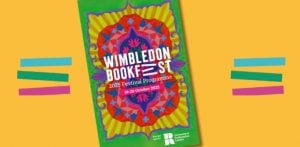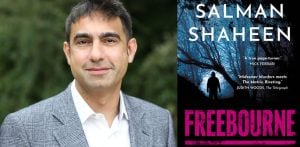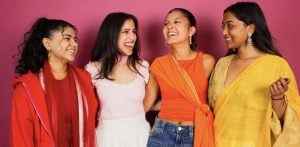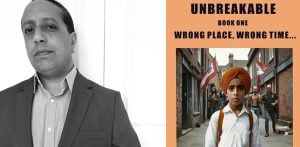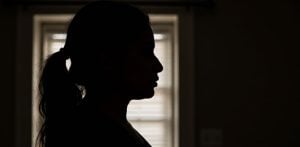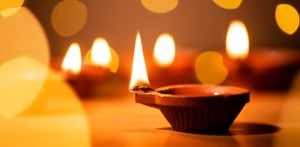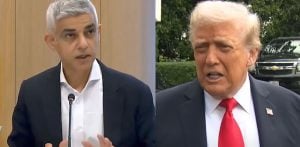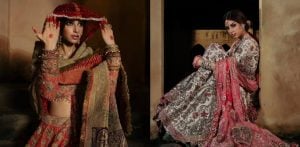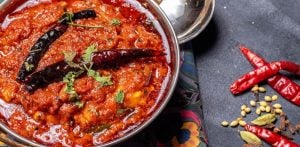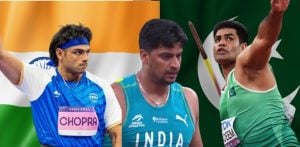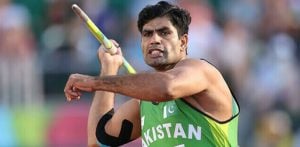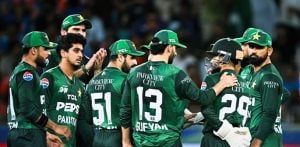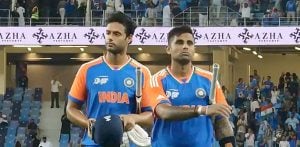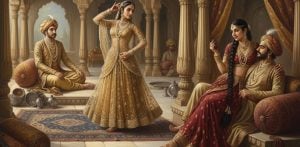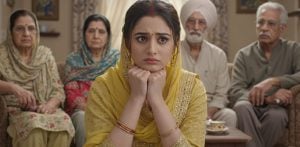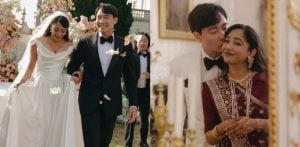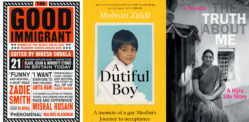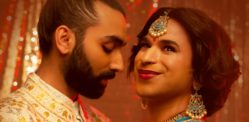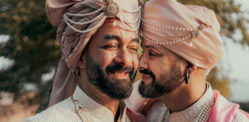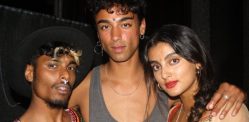"People told me that I’d lose all of my popularity"
Within South Asia, LGBTQ+ rights have long been met with challenges, taboos, and discrimination.
Yet, amidst the struggle, the region has also witnessed remarkable progress in recent years.
From groundbreaking legal decisions to cultural shifts, we explore the success of LGBTQ+ rights in South Asia.
Although, this hasn’t come without its fair share of backlash.
There are still government officials, millions of locals, and hundreds of communities that disagree with the LGBTQ+ movement.
But, it’s interesting to note that South Asia was once a thriving accepter of all sexual identities and preferences, a view which has of course shifted.
So, is South Asia really progressing in its view and handling of the LGBTQ+ community?
The Big Issues
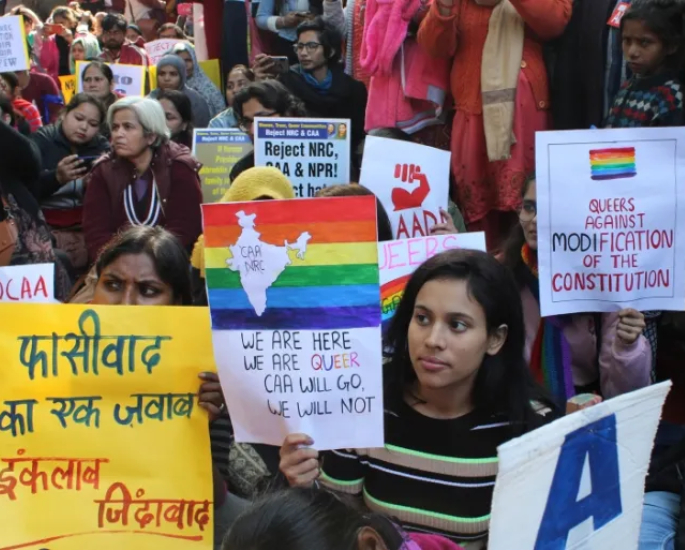
While the region boasts diverse cultures, it also grapples with deeply ingrained societal norms and conservative attitudes that pose obstacles to acceptance and equality.
It’s fair to point out that thousands of people part of the LGBTQ+ community face immense issues across South Asian countries.
Let’s dive into some of the key challenges encountered by LGBTQ+ individuals in this dynamic part of the world:
- Legal Labyrinths: In some South Asian countries, laws from a bygone era still criminalise same-sex relationships.
- Shadows of Stigma: Across South Asian societies, the stigma attached to LGBTQ+ identities exposes individuals to discrimination and isolation.
- Torn Bonds: Revealing one’s LGBTQ+ identity can lead to heart-wrenching rejection from family, friends, and communities.
- Uneven Job Market: LGBTQ+ individuals often face unequal treatment, lower wages, and even job denial.
- Unprotected: Even in countries where homosexuality is decriminalised, the law is rarely enforced and the LGBTQ+ community is vulnerable to harm.
- Health Barriers: Stigma within the healthcare system acts as a barrier, discouraging individuals from seeking necessary mental health support and medical care.
- Bullying: LGBTQ+ youth face vast amounts of harassment in educational settings, leading to higher rates of mental health issues and self-harm.
- Misrepresentation: LGBTQ+ individuals are often misrepresented in South Asian media, fuelling social backlash.
- Mental Well-being: Discrimination, stigma, and lack of support bear heavily on LGBTQ+ individuals, leading to higher rates of depression, anxiety, and suicide.
These challenges demand collective efforts from all corners of society to change.
Advocacy, awareness campaigns, and the creation of safe spaces are key to weaving a more accepting and equitable fabric for LGBTQ+ individuals in South Asia.
As thousands of people face these types of issues on a daily basis, western countries have stereotyped South Asia as homophobic or transphobic.
But, this wasn’t always the case.
Historical Celebration of LBGTQ+ in South Asia
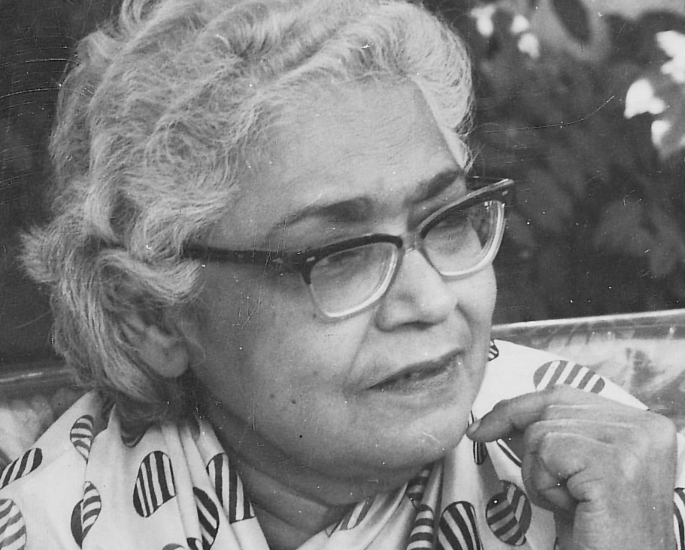
In the heart of pre-colonial South Asia, diverse gender identities and same-sex relationships were not just accepted; they were celebrated.
In many pre-colonial South Asian societies, homosexuality and diverse gender identities were often integrated into cultural practices.
Ancient texts and artwork depict instances of same-sex relationships and non-binary gender roles.
Although, the era of British rule cast a gloomy shadow on LGBTQ+ acceptance.
The British brought repressive Victorian-era laws and attitudes towards homosexuality.
Section 377 of the Indian Penal Code, enacted in 1861, criminalised “unnatural offenses”, effectively making same-sex relationships illegal.
Amidst this darkness, flickers of resistance emerged.
Early 20th-century individuals of the LGBTQ+ community (although they didn’t know this term at the time), created a foundation of activism for the community we see in the modern world.
In 1918, two South Asian men, Tara Singh and Jamil Singh, are arrested separately for interracial sodomy in California, marking a significant but obscure moment in the LGBTQ+ historical landscape.
In 1922, Poems Written in Prison by the Indian freedom fighter Gopabandhu Das, makes its way into literary circles.
Within these verses, Das addresses his male friends and co-workers in language that is erotically charged, shedding light on the subtle yet poignant expression of same-sex affection.
Furthermore, in 1924, the Hindi short story Chocolate by social reformer Pandey Bechan Sharma sparked a fervent debate, serving as one of the earliest public discussions on homosexuality in the Indian context.
Fast forward to 1936, when Urdu poet Firaq Gorakhpuri pens an essay defending the Ghazal form of poetry.
His defense encompasses a broader defense of homosexuality, presenting renowned figures from the East and West who expressed same-sex desires or identified as homosexual.
Likewise, in 1945, Ismat Chughtai releases her semi-autobiographical novel Tehri Lakeer (The Crooked Line).
The Urdu work fearlessly embraces sexuality and portrays same-sex attraction without hesitation.
Some other notable milestones in this timeline include:
- 1962: Rajendra Yadav publishes Prateeksha (Waiting), depicting homosexuality between two women without censorship or restraint.
- 1968: The openly homosexual painter Bhupen Khakhar unveils an untitled story that portrays bisexuality in an every day, lower-middle-class setting.
- The 1970s: The publication of the Gay Scene journal in Kolkata, highlighted the challenges faced by the LGBTQ+ community during that time.
These milestones serve as a testament to how deep the history of the LGBTQ+ community is across South Asia.
It also signifies how sexuality was once a visible, accepted, and understood topic, celebrated for its rich and varied inclusivity.
Progress and Acceptance
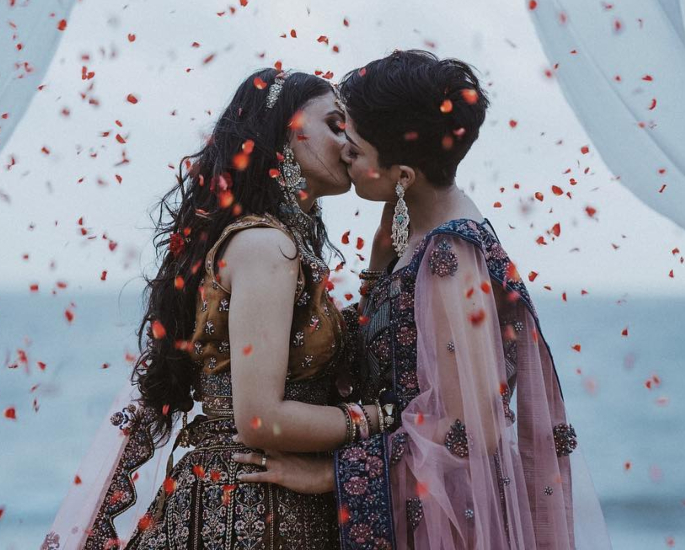
For decades, Section 377 of the Indian Penal Code criminalised consensual same-sex relationships, making life a constant battle for LGBTQ+ individuals.
However, in September 2018, a watershed moment occurred.
The Supreme Court of India, in a historic verdict, struck down Section 377, effectively decriminalising homosexuality.
The ruling sparked jubilation and relief among the LGBTQ+ community, who had long fought for their right to love without fear of persecution.
As news of the judgment spread across the nation, rainbow flags were raised, and tears of joy flowed freely.
Keshav Suri, an LGBTQ+ activist and the executive director of The Lalit Suri Hospitality Group said:
“This is a new dawn for personal liberty and freedom.”
Additionally in Pakistan, despite its conservative social norms, has witnessed progress in recognising and protecting the rights of transgender individuals.
In 2009, the country’s Supreme Court ruled in favour of recognising a third gender, providing legal recognition to hijra individuals, who have historically faced societal marginalisation.
In 2018, Pakistan took further steps to safeguard transgender rights, offering free healthcare, education, and employment opportunities for this community.
Sharmeela, a transgender activist who had campaigned tirelessly for transgender rights in Pakistan expressed:
“Finally, we are recognised as human beings.”
Nestled between India and China, Nepal has emerged as a trailblazer in the LGBTQ+ rights movement.
The Himalayan nation made history in 2008 when the Supreme Court recognised the rights of transgender people.
They ensured their access to citizenship based on self-identified gender.
In 2015, Nepal went even further, becoming the first country in South Asia to officially recognise a third gender in its census, providing official recognition to non-binary and gender-diverse individuals.
Moreover, despite facing significant challenges, Bangladesh has seen small yet notable steps towards LGBTQ+ rights.
In 2013, the government officially accepted hijra individuals as a third gender, acknowledging their unique identity.
This recognition marked a significant shift in societal perceptions, creating greater visibility for the transgender community in Bangladesh.
In response to the news, Farhan, a hijra activist in Bangladesh stated:
“We still have a long way to go, but this recognition gives us hope.”
Across South Asia, cities like Mumbai, Delhi, and Kathmandu have witnessed the emergence of vibrant pride parades and events.
These gatherings provide a platform for the community to express their identities, celebrate love, and advocate for their rights.
Such public displays of solidarity play a crucial role in challenging stereotypes, increasing visibility, and fostering a sense of community.
Also, the entertainment industry has played a vital role in shaping societal perceptions of LGBTQ+ individuals.
Movies like Ek Ladki Ko Dekha Toh Aisa Laga, Queer Parivaar, and, Netflix’s Sex Education have started featuring South Asian LGBTQ+ characters and storylines.
This increased representation challenges stereotypes, contributing to a more inclusive society.
Celebrity Influence
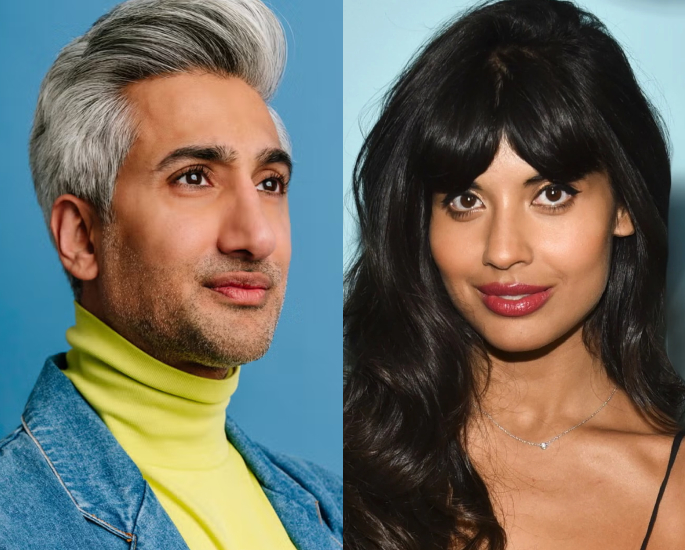
Besides the progress being made within the actual countries, South Asian celebrities are also paving the way for LGBTQ+ acceptance.
Whilst the rich and famous always tended to stay quiet on these issues, we are now seeing more bravery from fan-favourites to come out and advocate for equal rights.
One individual is Tan France.
With his impeccable fashion sense and endearing personality, Tan France has become a beloved figure in the world of fashion and entertainment.
Born in the UK to Pakistani parents, he is known for his role as the fashion expert on the hit show Queer Eye, where he empowers individuals to embrace their true style and confidence.
As a queer South Asian icon, Tan France has become a role model for LGBTQ+ youth around the globe.
Perhaps the most famous queer celebrity is Lilly Singh.
A trailblazer in the digital world, Lilly Singh, also known as “Superwoman” came out as bisexual in 2019 via her social media.
Speaking on the matter, she revealed:
“There’s a lot of homophobia in the Indian community.”
“In fact, when I came out, people told me that I’d lose all of my popularity, all of my fans, all of my business in India.
“But then, I didn’t. Turns out, in a place with 1.3 billion people a lot of them don’t give an F.”
Maybe the most historical milestone for South Asian “celebrities” was via Manvendra Singh Gohil.
Breaking centuries-old norms, Manvendra Singh Gohil courageously came out as gay, making headlines as India’s first openly gay prince.
He emerged as a prominent LGBTQ+ activist and founded the Lakshya Trust to support LGBTQ+ individuals and fight HIV/AIDS stigma.
Moreover, Vikram Seth, an acclaimed Indian author, brought LGBTQ+ themes into mainstream literature, earning admiration and respect from readers and fellow writers alike.
As an openly bisexual writer, his novel A Suitable Boy gained worldwide acclaim.
Additionally, actor, presenter and activist Jameela Jamil is vocal about body positivity, mental health, and LGBTQ+ rights.
As a bisexual woman, she has used her platform to challenge beauty standards and promote inclusivity in the media.
Her unapologetic stance against harmful beauty practices has earned her admiration and respect from fans and fellow activists.
A person well-known in the LGBTQ+ community is Alok Vaid Menon, a gender non-conforming artist, writer, and performer.
With their captivating performances and thought-provoking writings, they inspire conversations about queerness, feminism, and social justice.
Along with Alok is Vivek Shraya, a multi-talented artist who has made a mark as a writer, musician, and visual artist.
Through her art, she explores themes of identity, queerness, and the complexities of belonging.
As a transgender artist of colour, Vivek Shraya’s work challenges conventional narratives and elevates LGBTQ+ experiences in contemporary art.
So, it seems that things are certainly moving in the right direction for LGBTQ+ South Asians and the community across South Asian countries.
From the decriminalisation of homosexuality in India to Nepal’s progressive approach, the region has witnessed remarkable strides toward greater acceptance and inclusivity.
However, challenges persist, and the fight for equality continues.
As we celebrate these triumphs, let us also renew our commitment to supporting and uplifting LGBTQ+ individuals in South Asia, ensuring that their rights continue to progress.


